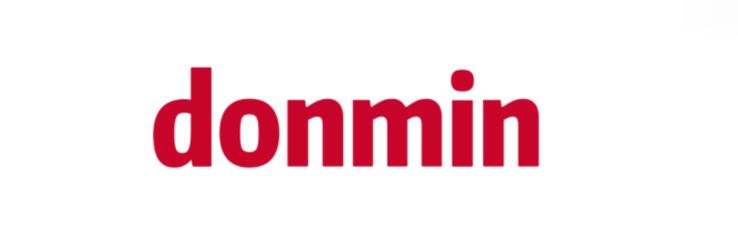3D Fence Panels: Everything You Need to Know
3D fence panels, also known as 3D wire mesh panels or welded wire mesh panels, are a popular fencing solution used for residential, commercial, and industrial properties. Here’s everything you need to know about them:
What Are 3D Fence Panels?
3D fence panels are made of galvanized steel wires welded together to form a grid pattern. The "3D" refers to the V-shaped bends or curves within the panels, which provide additional strength and rigidity. These bends are what distinguish 3D panels from flat wire mesh panels.
Key Features
Durability: Made from galvanized steel, these panels are resistant to rust and corrosion, making them suitable for outdoor use in various climates.
Strength: The V-shaped bends add structural integrity, making the panels strong enough to withstand impacts and pressure.
Aesthetic Appeal: The modern, sleek design of 3D fence panels makes them visually appealing, adding a contemporary look to properties.
Versatility: They can be used in a variety of settings, including residential areas, commercial properties, parks, schools, and sports facilities.
Security: The robust design offers a high level of security, deterring intruders while maintaining visibility.
Materials and Coatings
Galvanized Steel: The panels are typically made from galvanized steel to prevent rust.
Powder Coating: Many 3D fence panels are powder-coated in various colors, providing an additional layer of protection and aesthetic customization.
Installation Process
Planning: Measure the area and determine the number of panels and posts needed.
Setting Posts: Install the posts securely in the ground using concrete for stability.
Attaching Panels: Secure the panels to the posts using brackets, clips, or bolts.
Finishing Touches: Ensure all panels are aligned and secure, making adjustments as necessary.
Advantages
High Security: The sturdy construction makes it difficult to breach.
Additional resources:How to Choose a Decorative Curled Steel Wire Mesh Maker?
How is 50mm PVC Chicken Wire Mesh Revolutionizing Farming?
How Hastelloy C-276 Mesh Solves Your Corrosion Problems Effectively
Choosing the Right Decorative Curled Steel Wire Mesh
Benefits of ODM Galvanized Welded Mesh Fencing
Understanding Derrick DP 628 Shaker Screens for Effective Use
Understanding Shaker Screens: Applications and Benefits Explained
Low Maintenance: Resistant to rust and corrosion, requiring minimal upkeep.
Cost-Effective: Offers a good balance between cost and durability.
Visibility: Allows for clear visibility through the fence, useful for monitoring purposes.
Disadvantages
Initial Cost: Higher initial cost compared to some other fencing options.
Installation: Professional installation may be required to ensure proper setup.
Applications
Residential Properties: Ideal for garden and yard fencing, offering security without obstructing the view.
Commercial and Industrial Sites: Used to secure perimeters while maintaining a professional appearance.
Public Spaces: Commonly used in parks, playgrounds, and sports fields.
Schools and Institutions: Provides a safe and secure environment for students and staff.
Maintenance Tips
Regular Inspection: Check for any signs of damage or wear periodically.
Cleaning: Clean the panels with water and mild detergent to remove dirt and debris.
Repainting: If the powder coating starts to wear off, consider repainting to maintain protection and appearance.
Cost
The cost of 3D fence panels can vary based on the material thickness, coating, and height of the panels. On average, they range from $20 to $50 per linear foot, including installation.
Conclusion
3D fence panels are a versatile and durable fencing solution suitable for various applications. Their combination of strength, aesthetic appeal, and low maintenance makes them a popular choice for both residential and commercial properties. When considering a fencing option, 3D fence panels offer a balance of security and visual appeal, making them a worthwhile investment.
Transform Your Space with High-Quality Decorative Crimped Wire Mesh
What Are Scomi Shaker Screens and Their Benefits?
2024 Guide to Standard Five-layer Sintered Mesh Price in Ukraine
Essential Replacement Screen for Derrick DP 628 Shaker
Ultimate Guide to 22 Gauge Chicken Wire Mesh Fence Solution
What Are Key Benefits of Tungsten Wire Mesh Manufacturing?
Key Factors in Choosing Sintered Mesh for Exports
- Previous: Ultimate Guide to Reinforcing Wire Rod for Shipyards
- Next: None









